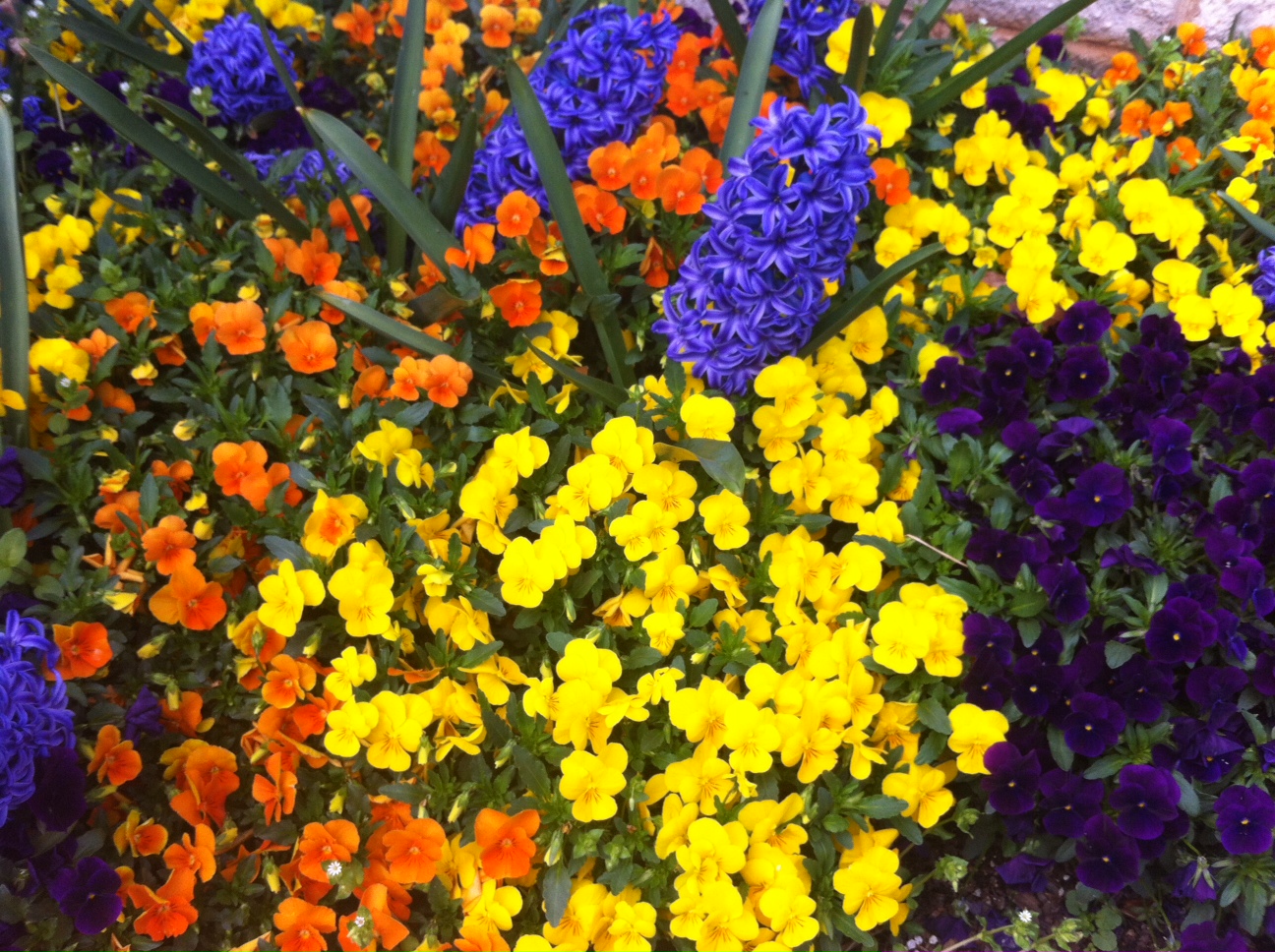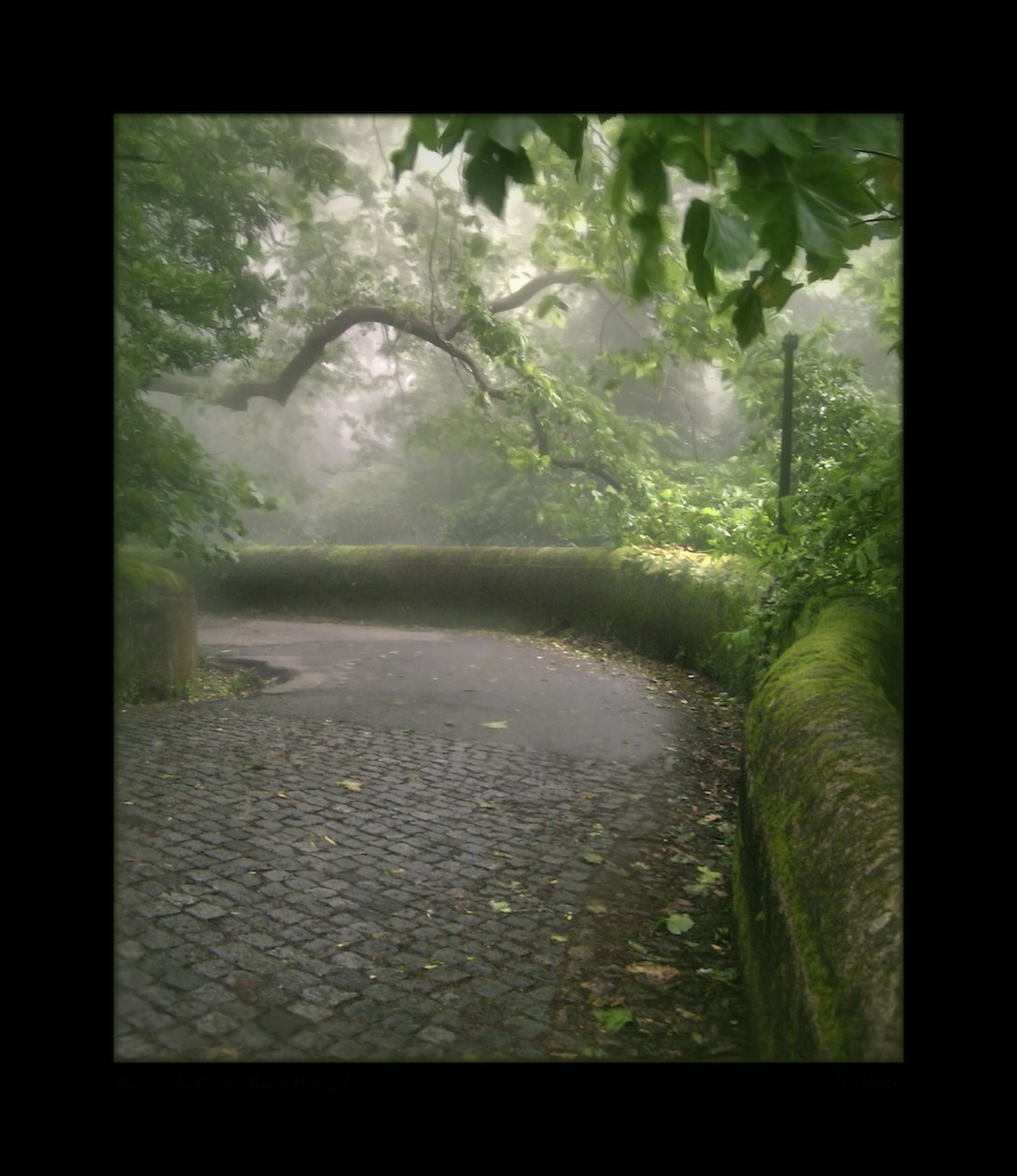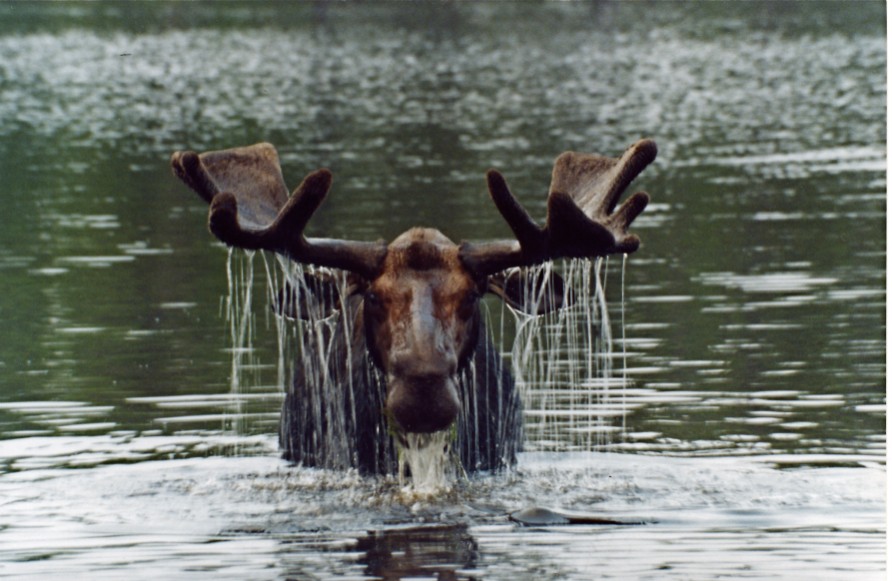
The transactional function I identified in the first essay in this series (Bergquist, 2023b) was being serviced. However, an even more important social function was being served. A “non-functional” sharing of updates about home life on the women’s farms took place while the women were using thread and needle. Perhaps an important “functional” service was embedded in the stories that they told one another. This function was the building of a virtual community—not unlike what occurs today during informal Internet chats or texting. Furthermore, in these rural settings, the sewing circles and quilting bees could provide an informal setting where shared needs and concerns of these dispersed communities could be identified and potentially addressed in a collective manner.
Gatherings for all members of the dispersed community were often focused on entertaining activities—such as square dancing. Held on Saturday evenings, these dances typically would feature the talents of local fiddle or guitar players, and someone (usually a man) would lead the orchestrated dances. It is interesting to note that these dances were intended not just to provide entertainment. They served as carefully structured formats for the “courting” of young men and women.
Since there were few occasions during the week for teenagers to get together (given the hard work required in running a farm or ranch) and given the “puritanical” ethics that pervaded most of these “God-fearing” communities, it was quite desirable for these young people to meet one another via a dance. A young man and young woman would repeatedly meet during most square dance calls, dance together for a short period of time, and then separate—only to meet yet again several more times during this specific dance sequence. What a romantic (and protected) way in which to meet someone and fall in love (or at least infatuation)—knowing that the two of you will meet again at next Saturday’s square dance. Sadly, we no longer engage in this kind of structured courtships.
Members of a dispersed community would also sometime find a good reason to gather based on a collective desire to share time, talent and resources. A potluck dinner would be organized with each family bringing a special dish that featured the cooking skills, recipes, and meat or vegetables raised by the family. There were also the occasional gatherings in which major tasks were accomplished in a collective manner. There was the dramatic raising of a barn or the less dramatic, but equally important, joining together in the sheering of sheep, butchering of several hogs, or branding of cattle. We find that farmers often joined together during the late Summer and Fall to bring in the harvest. Without the presence of modern-day machines that provide mass cultivation, farmers often had to rely on one another to lend a strong and skillful hand.
There was also the small-town democracy that De Tocqueville observed. Farmers and ranchers would occasionally join with those living in and providing services (such as selling hardware supplies and staples) in their local small town. The farmers would form Granges and Farmer Alliances. Democracy was engaged by both the town and rural residents at town hall meetings where important decisions were made about matters that could be addressed in this dispersed setting—matters such as the levying of local taxes and controlling of “immoral” behavior among some citizens.







